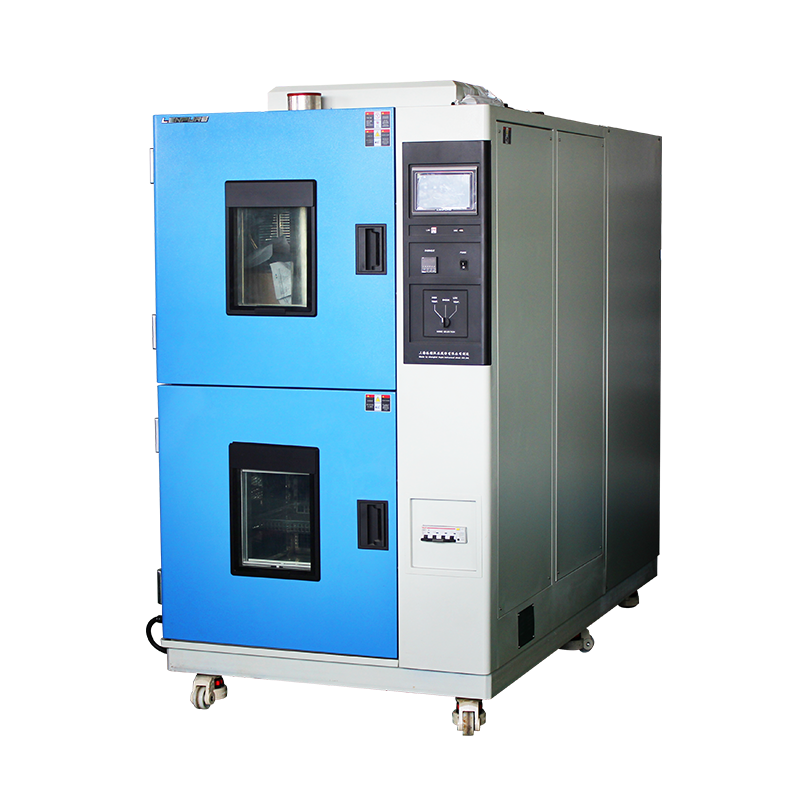

Safety always serves as the cornerstone of equipment operation, and for specialized equipment like high and low temperature shock test chambers, safety considerations are of utmost importance. Below, we will elaborate on the key safety points that require special attention during the use of high and low temperature shock test chambers.
Power and Electrical Wire Safety Cannot Be Overlooked
Power and electrical wires are the “lifelines” for the normal operation of the equipment. When using high and low temperature shock test chambers, the safety of power and electrical wires must be given top priority. During wire connection, it is crucial to accurately distinguish between the neutral wire and the ground wire. The power supply of high and low temperature shock test chambers adopts three-phase electricity, which consists of three phase wires, one ground wire, and one neutral wire. Since parts of the equipment’s load and control system are single-phase powered, if the neutral wire is connected incorrectly, it is highly likely to cause the equipment to malfunction or even be damaged. Meanwhile, the correct connection of the ground wire must also be ensured.

Some customers may need to extend the electrical circuit due to site limitations. During this process, it is essential to guarantee the normal connection between the wires and the power supply to ensure the stable operation of the equipment. In addition, the installation site of the equipment should avoid placing flammable materials and maintain good ventilation. The test chamber should be installed on a flat, solid hard floor, and there should be no strong magnetic fields or intense vibration sources around it to prevent affecting the measurement accuracy of the equipment.
Standardize Operating Procedures and Eliminate Improper Actions
Strictly following the correct procedures for test operations is the key to ensuring the safe operation of the equipment and the accuracy of test results. Improper operations can easily lead to equipment failures, so they must be (a Chinese phrase meaning “resolutely eliminated”). At the same time, it is strictly prohibited to place flammable, explosive, or highly radioactive hazardous items inside the test chamber. Although modern electrical equipment is equipped with certain safety protection measures, direct contact with electrical components should still be avoided as much as possible during the equipment’s power-on period. Moreover, the equipment should not be moved randomly during its operation to prevent accidents.
Protective Measures for High and Low Temperature Tests
Protection Against Burns During High Temperature Tests
When conducting high temperature tests, the temperature inside the cold-hot shock test equipment chamber will rise significantly. During the test process or immediately after the test ends, if the chamber door needs to be opened, operators must exercise extreme caution. This is because the temperature inside the chamber is extremely high at this time, and improper operation can easily result in burn injuries.
Protection Against Frostbite During Low Temperature Tests
When performing low temperature tests, the temperature inside the chamber will drop sharply. When opening the chamber door during the test process or after the test ends, operators should take protective measures to avoid frostbite due to exposure to the low-temperature environment. After the test, the power supply should be turned off promptly to ensure equipment safety.
In conclusion, when using high and low temperature shock test chamber equipment, safety measures must be fully implemented. Although high-quality test chamber equipment is equipped with a series of relatively comprehensive safety measures, potential factors in the external environment can still pose a threat to safety, and these factors must not be ignored. Only by integrating safety work into every aspect of equipment use can the normal operation of the equipment and the safety of personnel be guaranteed.